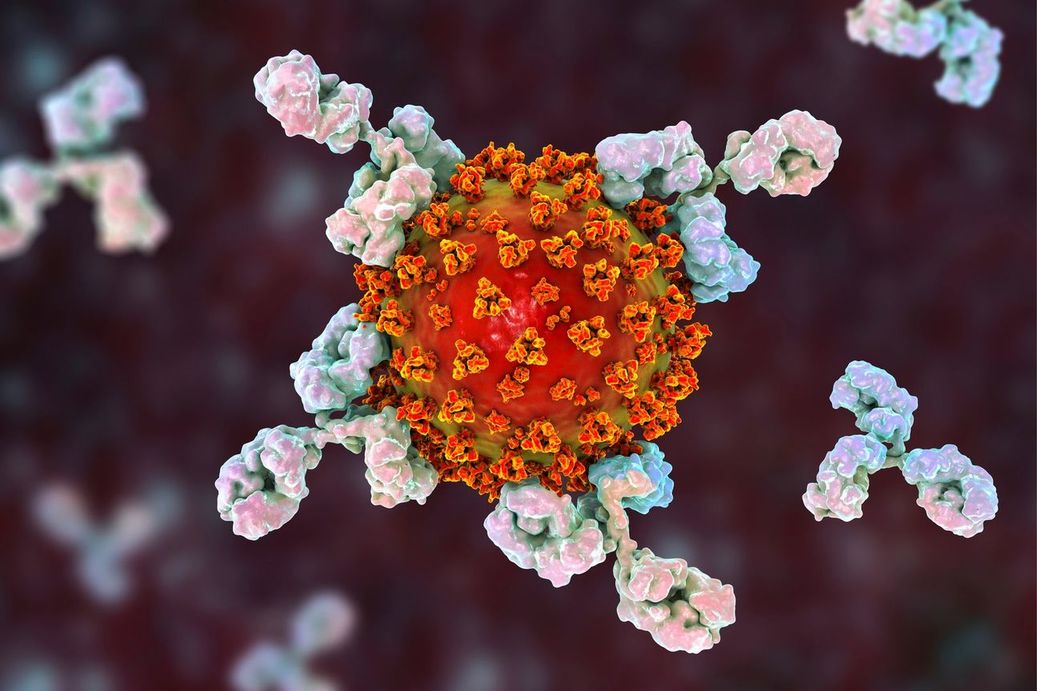Multiple Glycan Targeting-related Drug Design Service
Rely on Our Expertise in Designing Multiple Glycan Targeting-related Drug
With the continuous development of network pharmacology and systems biology, the occurrence of complex diseases involves more than a single target. Multi-targeted glycan-related drugs effectively control targets and modulate the disease network to rationally control the onset of disease. Our researchers provide a variety of tools to help clients identify new targets, hidden microsites, and multiple targets for new glycan-related drugs. It has greatly contributed to Glycan Drug Discovery. Combining large databases, Machine Learning Models, Molecular Simulation, and pharmacophore-based design, CD BioGlyco provides comprehensive discovery, design, and development services for multi-target glycan-related drugs.
Computerized virtual screening-based target combinations
Discovering and identifying a reasonable combination of targets is the prerequisite and focus of designing multi-target glycan-related drugs. Effective target combinations generate synergistic effects to maximize drug efficacy. We use machine learning to analyze the signaling pathways between targets and screen for synergistic target combinations.
Our expert researchers help clients select the most suitable targets that are closely related and have similar tissue distribution, such as having the same endogenous ligand, belonging to the same family, or being subtypes of each other. When the differences between targets are too large, we provide micro-level analysis of similar targets using structural biology data and molecular modeling.
Pharmacophore-based design
By analyzing the structural features of active compounds, combining medicinal chemistry principles and molecular simulation, our lab offers pharmacophore-based drug design services for multi-target glycan-related drugs. Our researchers integrate the pharmacophore of two or more ligands to obtain a single ligand that acts on two or more targets simultaneously. We offer the following three main types of glycan-related drug design services:
Conjugated-pharmacophore: For molecules without similar pharmacophore characteristics, our researchers offer pharmacophore conjugation service. By linking molecules through different lengths or types of linker groups, a new molecule is formed that retains all of the pharmacophore structure of the original molecule.
Fused-pharmacophore: For selective ligands with structural similarities (same charge, aromatic ring, or hydrophobic center), we offer pharmacophore fusion service. Our specialized researchers stack the pharmacophore at the non-critical binding site of the ligand-target binding without affecting the recognition and binding of the original pharmacophore to the respective target.
Merged-pharmacophore: For selective ligands with high structural similarity, we offer pharmacophore merging services. Our researchers fuse the pharmacophore of multiple ligands into a highly integrated new molecule that is active against two or more targets simultaneously.

Publication
Technology: Computational chemistry, High-throughput virtual screening, Molecular docking
Journal: Molecules
Published: 2020
IF: 4.927
Results: In this work, researchers aim to design multi-targeted drugs for Alzheimer's disease (AD). Importantly, a well-recognized drug has dual activity as an acetylcholinesterase (AChE) inhibitor and an α7 nicotinic acetylcholine receptor (α7 nAChR) agonist. Through high-throughput virtual screening and computational chemistry, the researchers screened a virtual compound library containing 3,848,234 similar molecules and obtained 57 compounds with dual protein targeting activity. Through scaffold, ligand efficiency, and molecular diversity analysis, the researchers selected 16 compounds for in vitro validation. Dual-activity-based drugs provide a new avenue for the treatment of AD through dual regulation of cholinergic signaling.
 Fig.1 Venn diagram of AChE and α7 nAChR screening hits and normalized efficiency ligand scatterplot distributions. (Oddsson, et al., 2020)
Fig.1 Venn diagram of AChE and α7 nAChR screening hits and normalized efficiency ligand scatterplot distributions. (Oddsson, et al., 2020)
Applications of Multiple Glycan Targeting-related Drug Design
- Multiple glycan targeting-related drug design plays an important role in the development of drugs for complex diseases.
- Multiple glycan targeting-related drug design simultaneously blocks multiple tumor cell proliferation and metastasis pathways.
- Multiple glycan targeting-related drug design promotes the development and utilization of natural products.
Advantages of Us
- Our pharmacophore-based design services result in improved ligand efficiency, physical properties, and pharmacokinetic properties of drug ligands.
- Depending on the needs of our clients, we offer different types of multi-target drug design strategies based on pharmacophore.
- Our professional computer-assisted team provides a wide range of molecular screening models and target prediction models to advance the project.
Frequently Asked Questions
- How to choose a target combination?
- When selecting targets, we recommend choosing targets with similar relationships to make it easier to fuse the drug groups and improve the drug-forming properties.
- When selecting targets, the number of other targets closely related to the target should not be too high.
- The binding of multiple targets to the same stacked (or fused) ligand requires similar cavity geometries and electrical distributions, otherwise, it would be difficult for a single molecular backbone to accommodate the simultaneous binding of multiple targets.
- What types of multi-targeted drugs are classified according to their composition and mode of action?
- Multi-target drugs can be categorized into three types according to their composition and mode of action, including multi-drug and multi-target drugs, multi-component and multi-target drugs, and single-component and multi-target drugs.
Combining advanced systems and high efficiency, CD BioGlyco provides systematic multiple glycan targeting-related drug design services to our clients. We want to be your best partner in glycan-related drug discovery and development. Please feel free to contact us.
References
- Oddsson, S.; et al. Structure-based discovery of dual-target hits for acetylcholinesterase and the α7 nicotinic acetylcholine receptors: in silico studies and in vitro confirmation. Molecules. 2020, 25(12): 2872.
- Brunst, S.; et al. Systematic assessment of fragment identification for multitarget drug design. ChemMedChem. 2021, 16(7): 1088-1092.
For research use only. Not intended for any diagnostic use.
Quick Links
Related Services



 Fig.1 Venn diagram of AChE and α7 nAChR screening hits and normalized efficiency ligand scatterplot distributions. (Oddsson, et al., 2020)
Fig.1 Venn diagram of AChE and α7 nAChR screening hits and normalized efficiency ligand scatterplot distributions. (Oddsson, et al., 2020)


